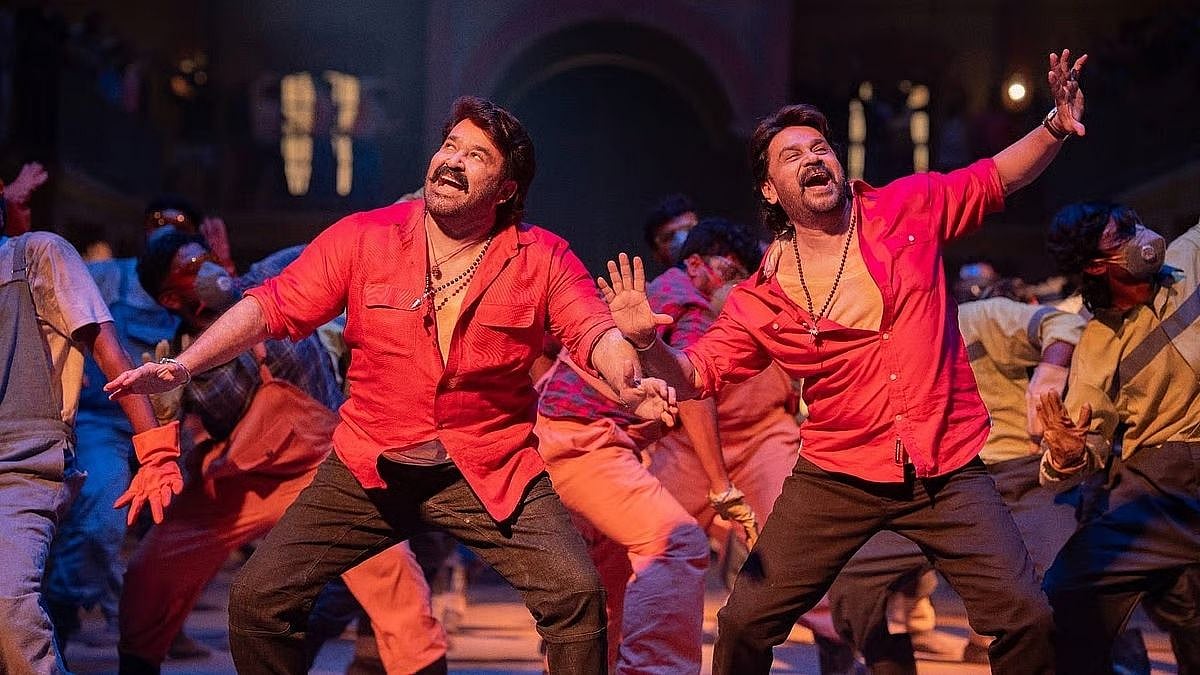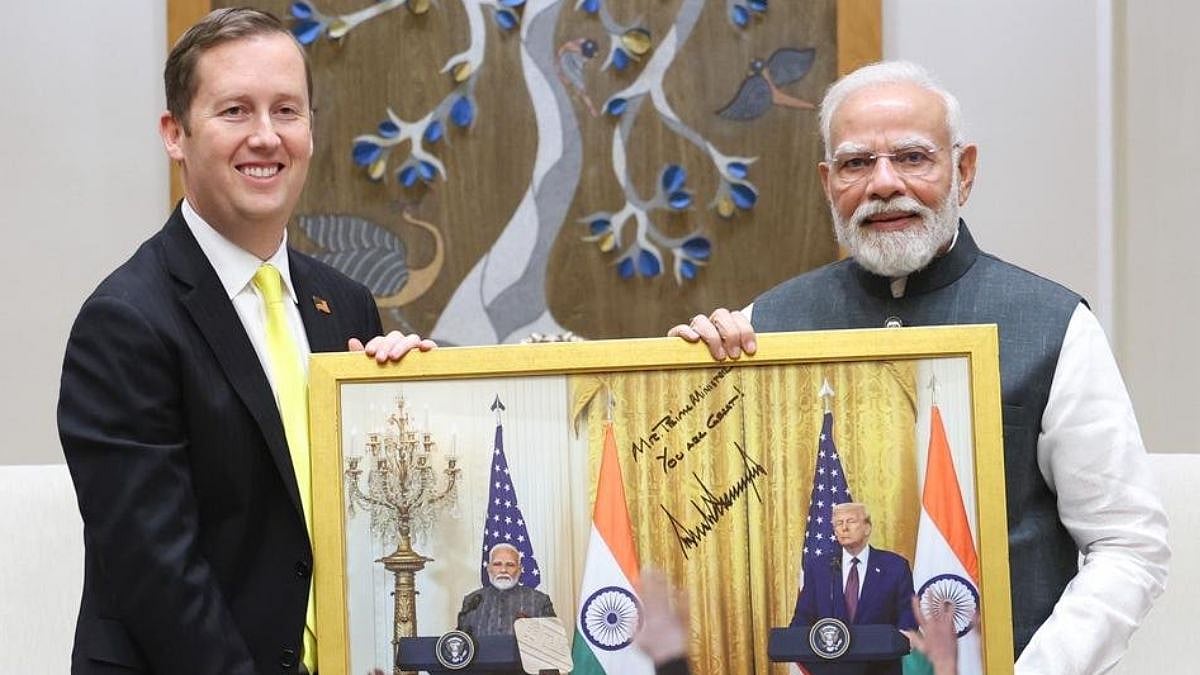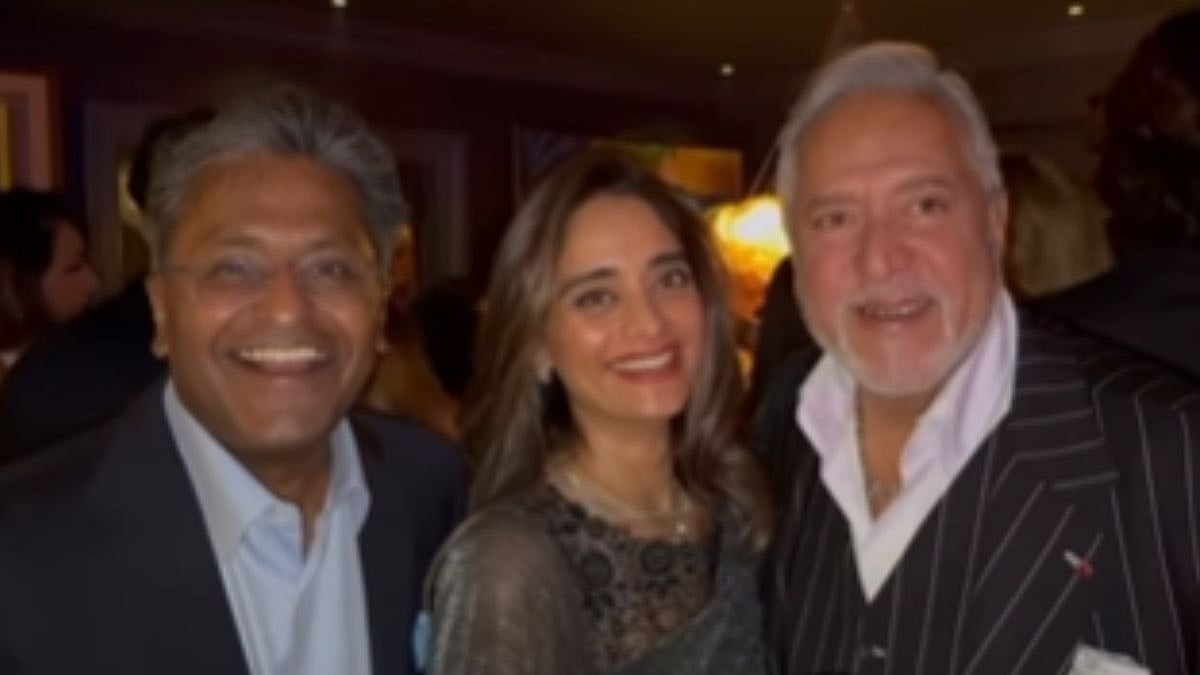While it is nearly impossible to imagine a movie without a hero and a heroine, in the movies of Satyajit Ray, unlike the popular cinema of that time, the concept of a hero was conspicuously absent. For Ray, as articulated by TG Vaidyanathan, critic and writer, heroism was defined by “brave endurance”.
Ahead of Satyajit Ray’s 104th birth anniversary (May 2), it is time we reflected on his portrayal of ordinary individuals battling adversity and mostly coming out the other side.
Ray’s characters, caught in the crucible of circumstances, are driven by certain inherent uniqueness and distinctive qualities that equip them to confront life’s challenges. He discovered a rich seam of inspiration in the struggles and resilience of ordinary people, evident in his work. His characters often navigate the moral tightrope between virtue and ambiguity. The maestro delves into the complexities of the human condition without always resorting to the sugarcoating of happy endings. Ray’s narratives often showcase the raw and unfiltered realities of life, capturing the nuances of human experience with depth and authenticity.
A case in point is the character of Apu (Soumitra Chatterjee). His journey from adolescence to adulthood is nothing but a series of struggles against the uncertainty of life; his perennial conflict with tradition and modernity brings out his innate individuality as a person. The movie Pather Panchali doesn’t have any hero or heroine per se. Instead, it vividly depicts, with rare dramatic intensity and emotional honesty, the triumph of the human spirit against grinding poverty and nature’s unpredictability.
In Seemabaddha (Company Ltd) and Jana Aranya (The Middleman), Ray portrays the dark side of human ambition through his protagonists, who are ready to strike a Faustian bargain, sacrificing personal ethics for success. His ambitious and career-driven individuals often appear flawed and fallible.
In Nayak, the protagonist, Arindam Mukherjee, (Uttam Kumar), a popular film star, is depicted travelling by train to receive an award in Delhi. Despite his external appearance of glamour and fame, Arindam is burdened by the leaden feelings of guilt and inner emptiness, and seeks solace in alcohol. Even as he tries to hide behind his larger-than-life façade, his unsavoury past keeps gnawing at his conscience. Ray delves into the actor’s interiority, revealing aspects of his life that elude the adoring gaze of his countless fans.
How can one forget the feisty and free-spirited Charulata (Madhabi Mukherjee) in the eponymous movie? In Charulata, the bored housewife, feeling closed off and claustrophobic, battles her loneliness by spending time with her unmarried brother-in-law, who dabbles in poetry. She unapologetically prioritises her personal happiness and autonomy. In the movie Devi, Sharmila Tagore’s character Doyamayee grapples with the oppressive forces of religious orthodoxy and entrenched patriarchy, ultimately facing a futile struggle. The characters we encounter in these movies are portrayed as genuine and complex, with the potential to leave a significant impression on the audience.
Ray’s women characters are depicted as resolute and imbued with an indomitable spirit. There is a noticeable thread of individualism and resistance that runs through the trajectory of their lives. In Mahanagar, the female character’s decision to take up a job, driven by her belief in economic freedom, unsettles her egoistic but jobless husband. In movies like Charulata and Aranyer Din Ratri, Ray’s women characters are no shrinking violets as he portrays their untrammeled physical desires, while in movies like Kaapurush and Teen Kanya, his female characters make informed choices free from patriarchal and societal dictates.
Ray inspired several well-known filmmakers like Adoor Gopalakrishnan, Girish Kasravalli, Buddhadev Dasgupta, Rituparno Ghosh and Aparna Sen, among others, as echoes of the Ray school of filmmaking can be detected in their movies.
Even Ray faced his share of critics within Bollywood, yet he gracefully weathered their criticisms. Renowned Bollywood filmmaker Manmohan Desai, while crediting Ray as a pioneer in bringing realism to Indian cinema, remarked that his films failed to resonate because the masses favoured melodrama and thrill. Director Ramesh Sippy echoed similar sentiments, suggesting that Ray's intricate portrayal of human characters in his films was often too nuanced for the average moviegoer to fully grasp.
Despite these critiques, Satyajit Ray’s legacy demonstrates both the challenges of innovation and the lasting impact of his unique vision.
The writer is a Delhi-based journalist









